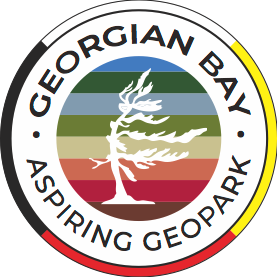
The Niagara Escarpment is Southern Ontario’s most prominent landform. It consists of a hard ‘cap rock’
of Silurian-aged limestones deposited in a tropical sea some 450 million years ago, when what is now
Ontario straddled the equator and shallow warm seas flooded the interior of North America. On several
occasions in the last 2 million years the Escarpment was sculpted by 2 km-thick glaciers which carved
deep valleys into its face and left glacial landforms such as drumlins and moraines when the glaciers last
left the area about 13,000 years ago. Deep freezing of softer rocks during ice ages caused the cap rock
to bend (a process called ‘cambering’) allowing large blocks to move downslope opening up deep
‘fissure-caves’ along the crest of the Escarpment. Paleo-Indians found and mined hard ‘tool stones’ at
the base of the Escarpment close by some 11,500 years ago.
Come and enjoy a rock walk with Nick Eyles of the University of Toronto, learn the secrets of the Niagara
Escarpment and its rocks over the past 500 million years and their wider global geologic significance.
This event is a partnership between the Georgian Bay Geopark and the Escarpment Corridor Alliance.












